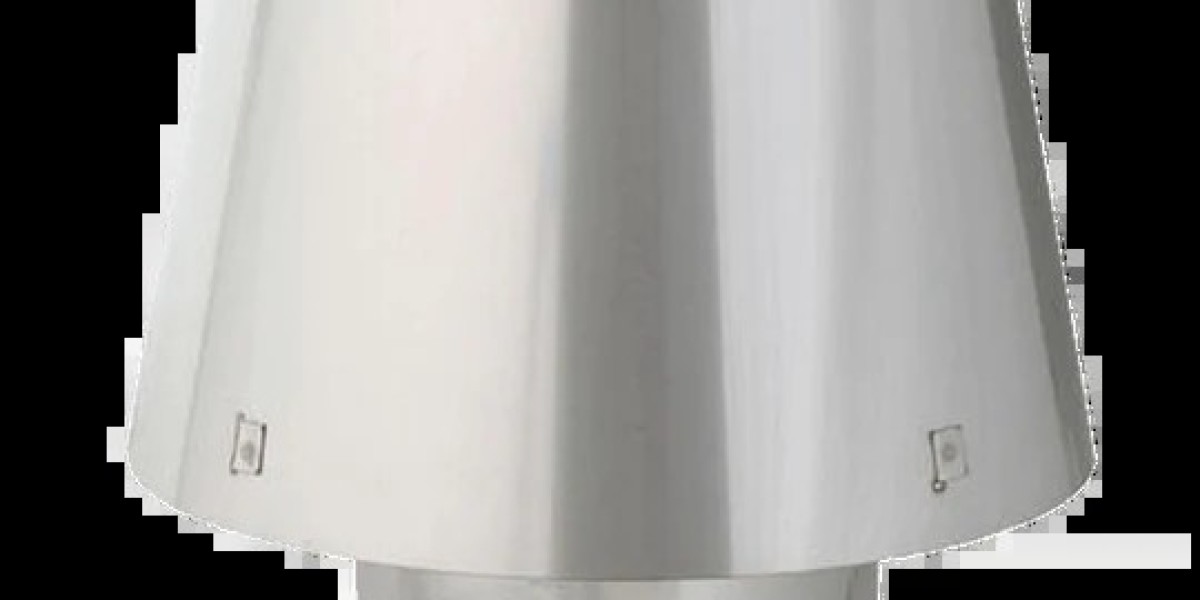An outdoor wood furnace is an efficient and eco-friendly heating solution, especially for homeowners who want to reduce reliance on fossil fuels and save on heating costs. These furnaces burn wood to produce heat, which is then transferred to your home or other buildings. To understand how to get the most out of your outdoor wood furnace parts, it’s essential to know its key components. Here’s a breakdown of the most important parts you should be familiar with.
1. Firebox
The firebox is the heart of the outdoor wood furnace. This is where the wood is burned to generate heat. It is typically constructed from heavy-duty steel or another durable material to withstand high temperatures. The firebox is designed to allow air to circulate around the wood, ensuring efficient combustion. The size of the firebox dictates how much wood can be burned at once, influencing how long the furnace can operate between refuels.
Key Features:
- Size and Capacity: Larger fireboxes can handle more wood, meaning less frequent refueling.
- Air Circulation: Proper air flow is essential for efficient burning.
- Material Durability: The firebox must be made of heat-resistant materials to avoid premature wear.
2. Water Jacket
A water jacket surrounds the firebox and is another crucial component. As the fire burns in the firebox, it heats the water in the jacket, which then carries the heat to the rest of your home. The water jacket is typically insulated to prevent heat loss, ensuring the system remains efficient. The heated water is pumped through insulated pipes to heat exchangers or radiators inside the house.
Key Features:
- Insulation: Helps maintain heat and reduces energy waste.
- Capacity: A larger water jacket can hold more heated water, providing consistent heat.
3. Heat Exchanger
The heat exchanger is located inside your home or building. It receives the hot water from the furnace and transfers that heat into the air or water circulating through your heating system. There are different types of heat exchangers, such as forced-air and hydronic systems. In forced-air systems, the heated water warms air passing through the exchanger. In hydronic systems, the water directly heats radiators or underfloor piping.
Key Features:
- Efficiency: A well-designed heat exchanger maximizes the heat transfer from water to air or other heating mediums.
- Type: Forced-air and hydronic heat exchangers serve different needs, so choose one based on your system.
4. Ash Pan
The ash pan is an often-overlooked but important part of an outdoor wood furnace. It collects the ashes that are produced during the burning process. Regularly removing the ashes is essential for maintaining optimal air flow and preventing clogs or fire hazards. A well-maintained ash pan ensures the firebox continues to burn efficiently and safely.
Key Features:
- Capacity: Larger ash pans require less frequent emptying.
- Ease of Use: A good ash pan should be easy to remove and clean.
5. Thermostat
The thermostat regulates the temperature inside your home by controlling when the furnace should start and stop heating. The thermostat monitors the temperature of the water in the system, and when it drops below a set point, the furnace will activate to reheat the water. This helps maintain a comfortable and consistent temperature in your home without wasting energy.
Key Features:
- Temperature Control: Allows you to set the desired indoor temperature.
- Efficiency: Proper thermostat settings can help save on fuel and energy costs.
6. Exhaust Stack
The exhaust stack vents the smoke produced by the burning wood away from your home. It helps ensure the furnace operates safely by directing harmful gases like carbon monoxide outside. The height and design of the exhaust stack play a crucial role in the furnace's efficiency and safety. It should be inspected regularly to ensure there’s no blockage that could pose a danger.
Key Features:
- Proper Sizing: A correctly sized exhaust stack ensures proper ventilation.
- Maintenance: Regular cleaning prevents clogs and enhances safety.
Conclusion
An outdoor wood furnace is a fantastic investment for those seeking a sustainable and cost-effective heating solution. By understanding the main components, including the firebox, water jacket, heat exchanger, ash pan, thermostat, and exhaust stack, you can ensure that your furnace operates efficiently and safely. Regular maintenance of these parts will maximize the performance of your system and keep your home warm throughout the winter.









